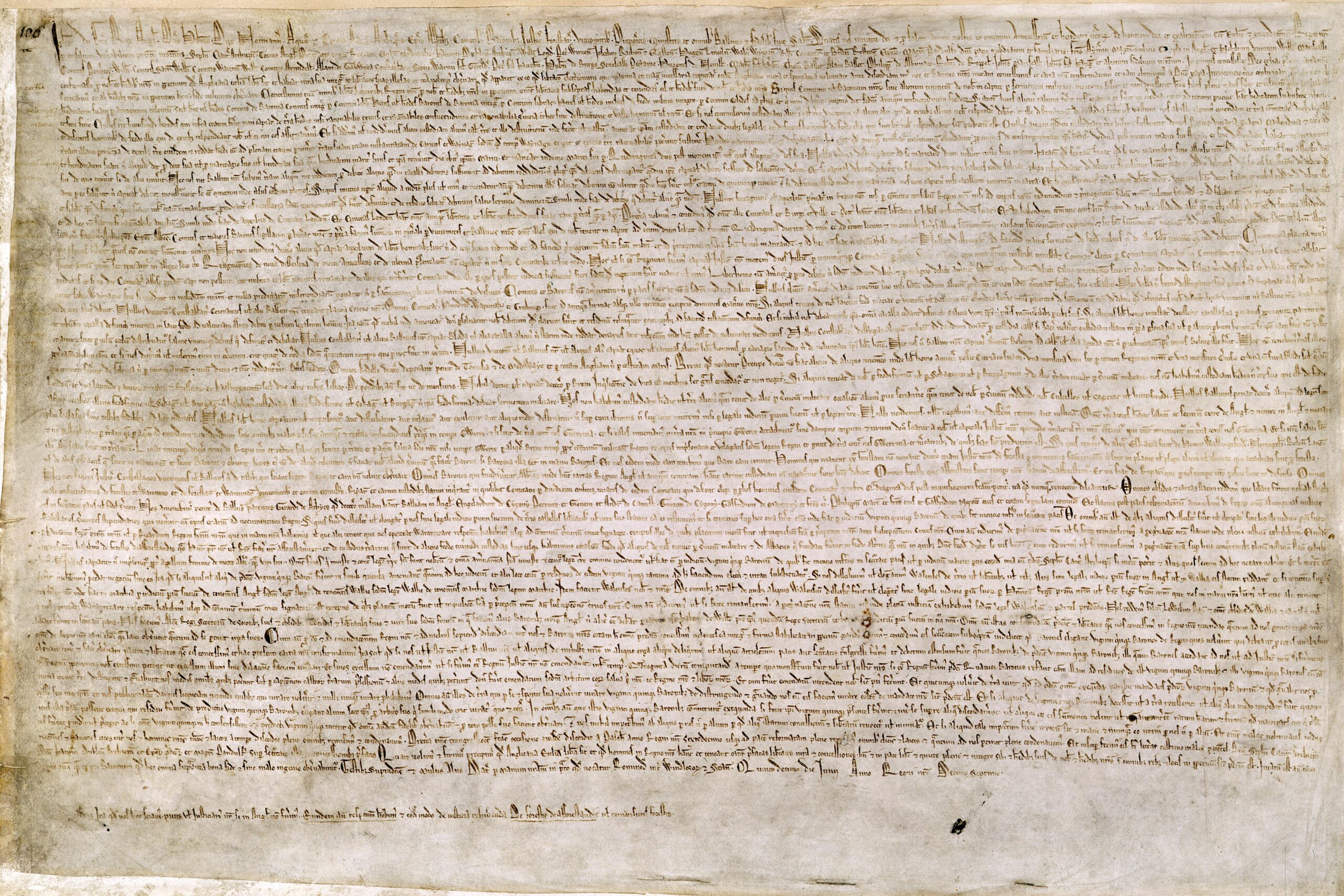What happens when art made from misunderstood materials gets left out of public funding conversations?
This week, I find myself in a frustratingly familiar position. A teaching artist had to cancel a performance this coming weekend due to a family emergency, and I am the logical replacement. The venue is on board with me. I’m available. The only catch? The performance includes balloons, and the venue is relying on New York State Council on the Arts (NYSCA) funding to pay the artist. Cue the red flag.
For decades, I’ve heard the same refrain: “NYSCA doesn’t fund balloons.” Or clowns. Or soap bubbles. Or magicians. It’s a rule that lives in regrant documents, often buried in lists of “ineligible activities” under the banner of “entertainment”, but it’s never been explained to me. As someone whose work in large-scale public art has been featured everywhere from Smithsonian Magazine to the National Air and Space Museum, and once even alongside a several-hundred-year-old handwritten copy of the Magna Carta in an exhibit exploring the lasting nature and evolution of art, it’s a rule that baffles me.
I just reached out, moments ago, to Megan White, NYSCA’s Deputy Director of Programs, to ask for clarity. She obviously hasn’t had time to respond. I just wanted to share my thoughts publicly now because I believe this is an important conversation to have. Here’s an excerpt from the letter I sent:
“I’ve worked professionally for decades using balloon-based art as a storytelling and sculptural medium… NYSCA has funded other work I’ve done through TAROC that uses different materials, and I’m struggling to understand why medium alone would disqualify an otherwise arts-centered, educational, and community-focused performance.”
In this case, the show in question isn’t even about balloons. They’re just part of the visual storytelling. But because they appear in the performance, there’s concern that NYSCA funds can’t be used, even though no one’s questioning the value, impact, or artistic merit of the work itself.
I went on to say:
“My personal interpretation is that when a line like, ‘Ineligible costs include activities that are commercial art or entertainment, including balloons, makeup, magic, culinary arts,’ appears in documentation on NYSCA regrants, it is not meant to exclude all uses of balloons as an artistic medium, but to deter them from being used for party decorations or gimmicks to attract attention.”
This isn’t just about me. It’s about how we value mediums that have long been dismissed as childish or commercial, even when they’ve evolved into powerful vehicles for storytelling, education, and public engagement. Balloons, magic, clowning, and circus arts aren’t automatically “not art.” They’re just misunderstood.
Which brings me to a theory that was suggested to me only yesterday. This rule may have originated when NYSCA was first formed in the 1960s. This was a time when circus arts were commercially strong, touring successfully, and seen as popular entertainment that didn’t need public funding. NYSCA, on the other hand, was focused on supporting underfunded disciplines: classical music, visual art, and theater. Forms that didn’t always have access to ticket revenue or commercial success.
If that’s true, it made sense at the time. But the world has changed. So has the work.
We now see circus arts taught in higher ed. Balloon art featured in museums. Magicians delivering TED Talks. Clowns using their craft in hospitals, refugee camps, and classrooms. These forms are more than entertainment. They’re tools for connection, cultural expression, and yes, art.
So I’m asking NYSCA, and the broader arts funding ecosystem: Can we have this conversation? Can we update the language, or at least clarify it, so it doesn’t inadvertently exclude artists doing important work, just because their materials once appeared at birthday parties?
It’s time to move the conversation forward. Let’s make room for artistry in all its forms.
